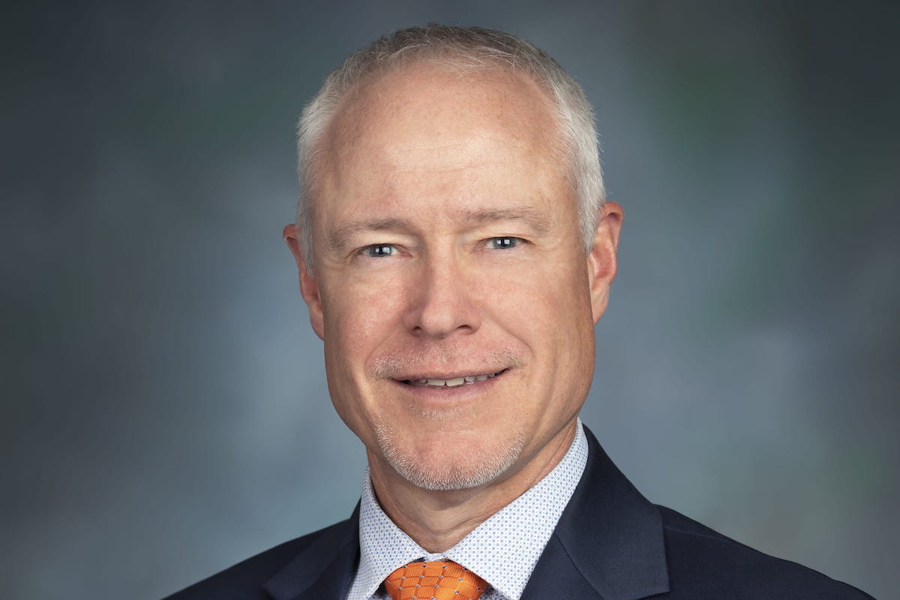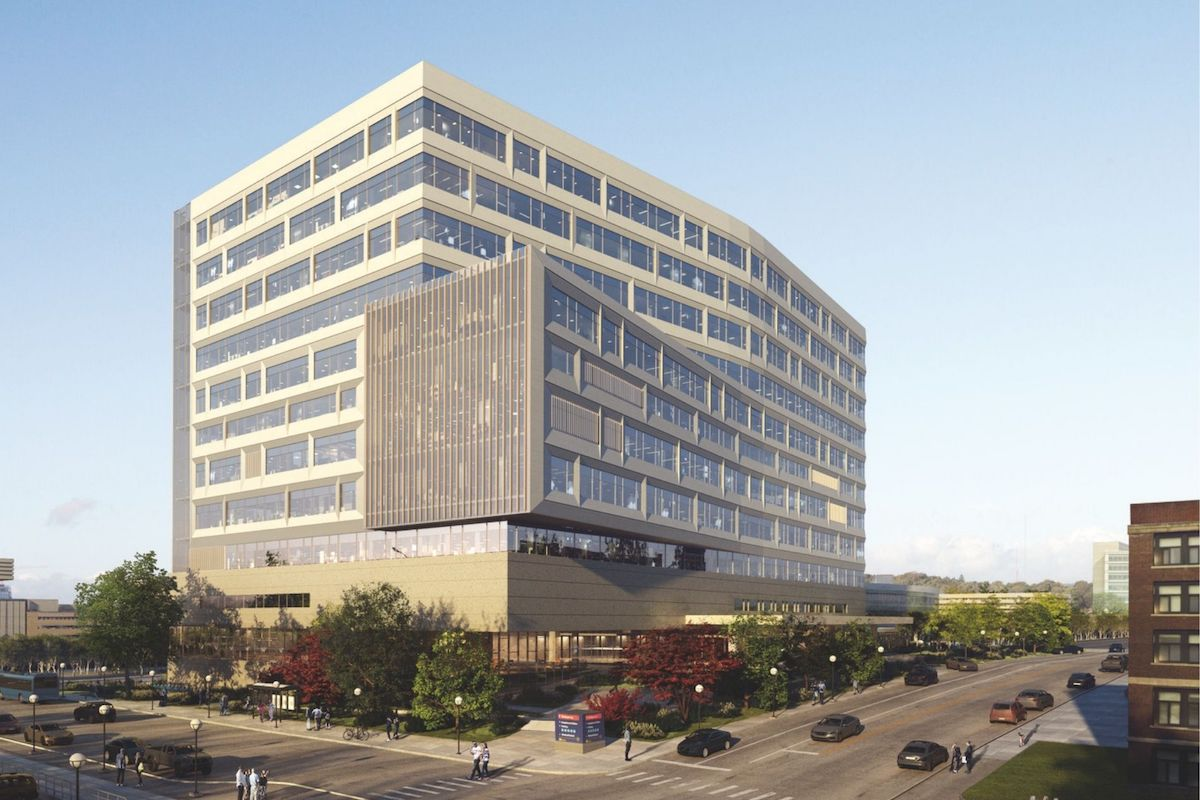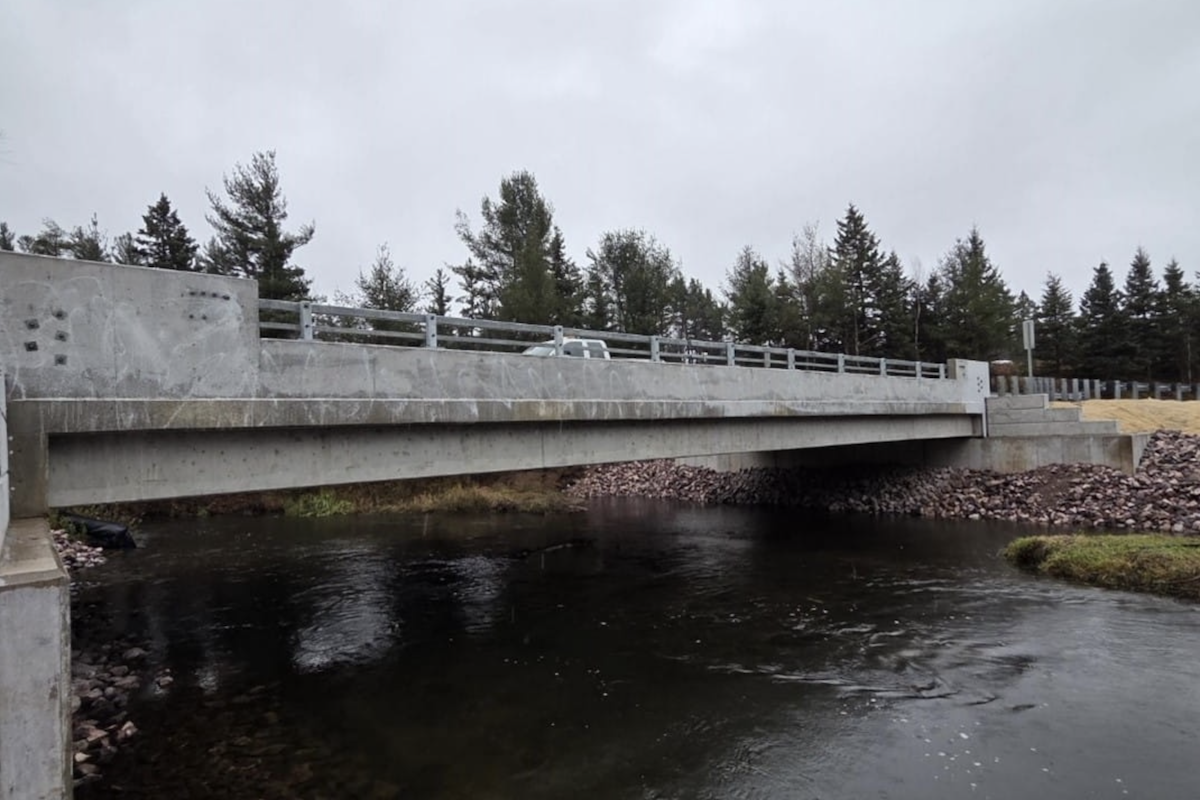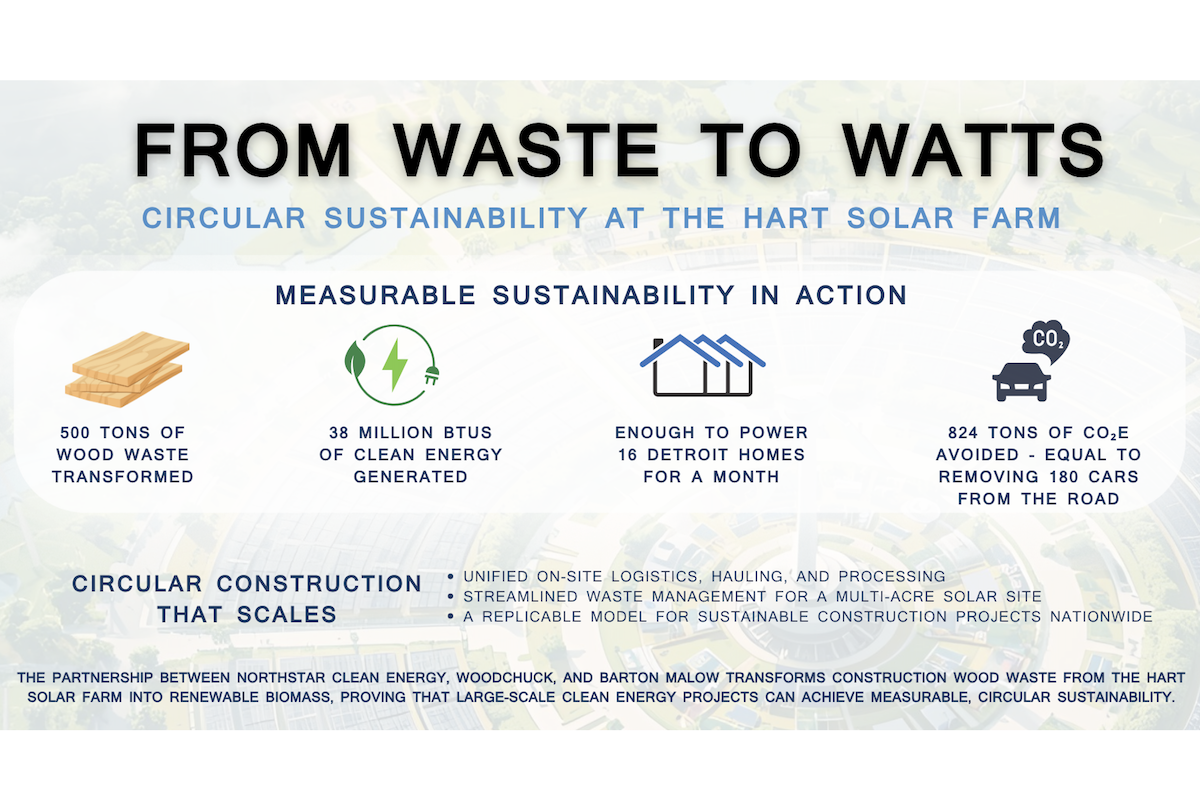“We are fixing the damn roads and bridges so Michiganders can go to work, drop their kids off at school, and run errands safely," Whitmer said. "Since I took office through the end of this year, Michigan will have fixed 20,000 lane miles of road and 1,400 bridges, growing our economy and connecting our hardworking communities. Completing the Second Avenue Bridge over I-94 will connect the north and south sides of Second Avenue, and make it easier for pedestrians, bicyclists, and cars to get around. Best of all, we got the job done with minimal disruptions to traffic. With the support of the Biden-Harris administration’s Bipartisan Infrastructure Law and our investments at the state level, we are showing everyone that we do big things in Michigan.”
The new Second Avenue structure is the first network tied arch bridge built in the state of Michigan. Network refers to the cables that are crossed from the top of the arch to the bottom of the driving surface on both sides of the structure. It replaces the original structure built in 1954.
“In Michigan, and across the country, President Biden’s Investing in America agenda is modernizing our transportation infrastructure and improving safety and mobility for everyone traveling on our roads, bridges, and highways,” Bhatt said. “We are proud to join Governor Whitmer and our partners in Michigan to celebrate the completion of this innovative project which makes it safer and easier for pedestrians, bicyclists, and motor vehicles to travel in this area and connect to surrounding neighborhoods in Detroit.”
The original Second Avenue bridge was demolished in January 2020. The skeleton of the new structure was built on the Wayne State campus adjacent to I-94. This allowed for the unique design to undergo numerous structural tests without disrupting traffic on one of the state’s busiest freeways. Crews moved the skeleton of the bridge over the freeway in July 2022.

| Your local Trimble Construction Division dealer |
|---|
| SITECH Michigan |
After successfully moving the bridge into place, additional testing on the structure continued before opening to traffic in December last year. Additional work including lighting installation and landscaping recently wrapped up.
“Not only did MDOT engineers spare commuters and commercial haulers many delays with the innovative approach, they also incorporated features in this bridge to serve pedestrians and cyclists who rely on Second Avenue as a key neighborhood connection,” Wieferich said.
This $34.6 million investment included $3.9 million from the Infrastructure Investment and Jobs Act and a $1 million design innovation grant from the federal Technology and Innovation Deployment Program.



































































